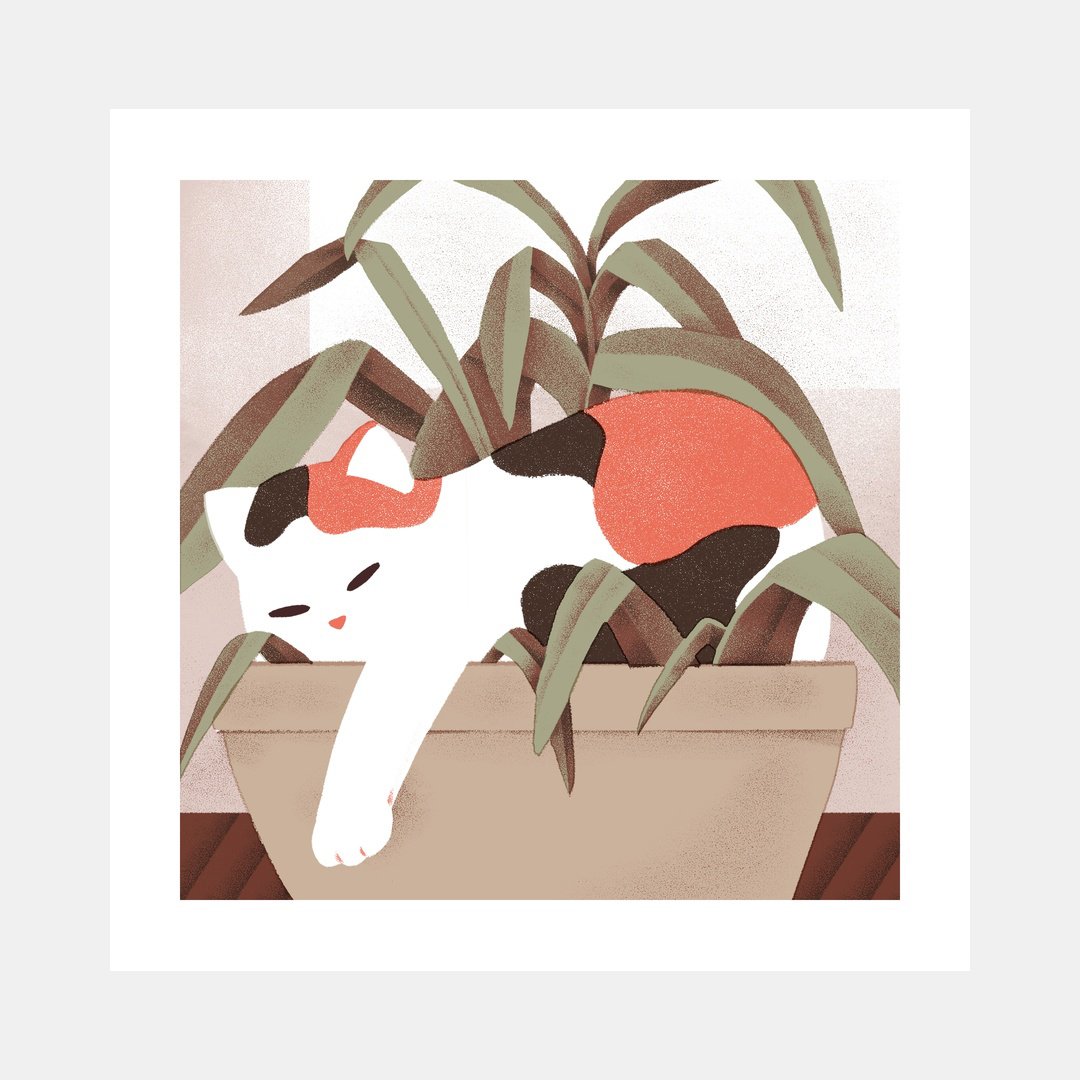How to Get Rid of Fungus Gnats
Fungus gnats are attracted to constantly wet soil
Fungus gnats in your houseplant soil is extremely common, just about anyone who grows plants deals with them at one point. I get them now and then and consider gnat control a normal part of plant care as it's near impossible to prevent every single fly from entering a home.
Thankfully, a fungus gnat's life cycle is extremely short - a few days. So, if you're having a persistent problem it's highly likely watering related (see method #1) as gnats are attracted to moist soil. Fungus gnats feed on the organic matter in the soil, which is why you get them in the first place.
Where do they come from?
Just about anywhere. However, you'll typically get fungus gnats from bagged potting soil, even with reputable brands sometimes.
Are They Harmful?
Fungus gnats are a nuisance more than anything unless it's a particularly bad infestations. Fungus gnats are only really harmful to young plants or seedlings that are still developing roots as the larva feast on the root hairs. This could lead to death or a slowing down of growth. For mature, otherwise healthy houseplants however, they're generally harmless.
Control Methods
❶ Let The Top 1" soil dry out:
The most effective method of getting rid of fungus gnats long-term is to allow the top inch of soil to dry out. Gnats are attracted to moist soil and their subsequent larva thrive in it. Drying out the top of your soil inbetween watering is extremely important! Feel free to use a soil moisture meter to help, or a good old fashion finger works too.
❷ Yellow Sticky traps:
Fungus gnats are attracted to the yellow colour and as they fly ont0 the traps, will get stuck. You can dispose of the traps as they lose their stickiness or fill up.
Yellow sticky traps work extremely well, and are best placed at the soil base of the affected plant.
❸ Mosquito Dunks:
Crumble mosquito dunks into the soil and water well. Dunks are made from a naturally occurring soil bacterium that kill the larva.
❹ Neem Oil Soak:
You can also do a soil drench using neem oil (following the instructions in the back). Neem oil works great as residual care.
❺ Top Soil Dressing:
Although, I don't personally use this method as the #1-4 work well for me, you can layer 1" of sand or GnatNix on top of the soil, making the environment less favorable for passing gnats.
Note: you may have to repeat a few times as new fungus gnats are hatched from eggs already present in the soil. As with all pest control methods, with persistence, you'll eventually kill off the population.
The Natural Killer
If my fungus gnat problem is particular bad (which happens during seed-starting season), I'll employ the methods above. For the rest of the time though “Ping”, my butterwort (Pinguicula moranensis) is my natural sticky trap. Butterworts are carnivorous plants that have fuzzy leaves (they aren't actually sticky to the touch!) that entrap insects. Digestive enzymes are then secreted and the insect is slowly absorbed. As many of you have asked: no cleaning required!
Butterwort / Pinguicula moranensis
Fungus gnats on leaf surface
Preventative Measures
The best way to prevent fungus gnats is to not keep your soil overly moist. Apart from watering adequately and having proper light, you should try to have good air circulation at the base of your plant so the top soil is able to dry out quickly. Keep a window open! I find fungus gnat problems the most common with plants hidden in a corner with stagnant air, not enough light, poor quality/draining soil, and a caregiver that waters too often.
Also, bagging up unused soil helps to keep out stray fungus gnats.
Support my Work by Purchasing an Art Print!















“Strelitzia” - the journey of my “Giant White” Nicolai variety and some cautions.